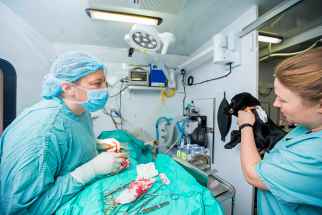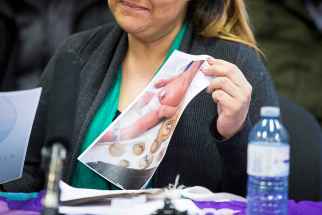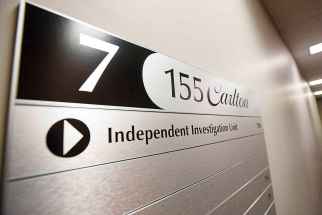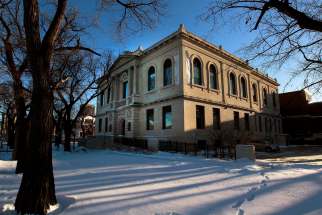Winnipeg Foundation antes up in bid to reshuffle capital project deck
Read this article for free:
or
Already have an account? Log in here »
To continue reading, please subscribe:
Monthly Digital Subscription
$0 for the first 4 weeks*
- Enjoy unlimited reading on winnipegfreepress.com
- Read the E-Edition, our digital replica newspaper
- Access News Break, our award-winning app
- Play interactive puzzles
*No charge for 4 weeks then price increases to the regular rate of $19.00 plus GST every four weeks. Offer available to new and qualified returning subscribers only. Cancel any time.
Monthly Digital Subscription
$4.75/week*
- Enjoy unlimited reading on winnipegfreepress.com
- Read the E-Edition, our digital replica newspaper
- Access News Break, our award-winning app
- Play interactive puzzles
*Billed as $19 plus GST every four weeks. Cancel any time.
To continue reading, please subscribe:
Add Free Press access to your Brandon Sun subscription for only an additional
$1 for the first 4 weeks*
*Your next subscription payment will increase by $1.00 and you will be charged $16.99 plus GST for four weeks. After four weeks, your payment will increase to $23.99 plus GST every four weeks.
Read unlimited articles for free today:
or
Already have an account? Log in here »
Hey there, time traveller!
This article was published 15/01/2019 (2521 days ago), so information in it may no longer be current.
The Winnipeg Foundation has made city hall an offer it hopes the mayor and councillors cannot refuse.
Fast approaching its centennial-year celebrations, the foundation has offered the City of Winnipeg up to $5 million to push two intriguing plans up its priority list of capital projects.
One is the construction of a bike-pedestrian bridge over the Assiniboine River near Osborne Street, in an effort to provide a safer, dedicated route for people not taking cars downtown to connect to the Active Transportation Network.
The other is the rehabilitation of the former Carnegie Library on William Avenue, the former home of the city archives.

The price tag for the two projects is estimated at roughly $24 million, meaning the foundation’s contribution would translate into about 20 per cent of total costs.
It’s a generous offer from an institution that has proven itself time and time again to be a force for good in the city, particularly the downtown. However, the Winnipeg Foundation’s proposal is, in some ways, a bit of a wild card for Mayor Brian Bowman and city council at a time when they have more than a few fiscal wild cards to deal with.
Bowman said Tuesday the city will delay the release of its 2019 operating budget in the hopes of getting more information from the province on its grants. The unwillingness of the province to provide details is certainly causing council some sleepless nights.
‘We’re not going to lobby the city. If (council) does not want to take us up on this offer, then we’ll move on and do other things’ – Rick Frost, CEO of the Winnipeg Foundation
That said, a monetary contribution from a private charity to city infrastructure is hardly unprecedented.

The foundation has contributed to more than a dozen high-profile public amenities, including the Forks Market, Canadian Museum for Human Rights, Old Market Square, Central Park, Paterson GlobalFoods Institute at Red River College’s Exchange District campus, Upper Fort Garry Provincial Park, and the Winnipeg Art Gallery’s Inuit Art Centre (now under construction on Memorial Boulevard).
Most recently, the Winnipeg Foundation (a public charitable organization established in 1921) provided a $1-million contribution to build a scenic lookout as part of the $10-million promenade along Taché Avenue in St. Boniface.
However, it is unusual for a charity to approach council with a request it reprioritize the five-year capital plan.
The city is currently focused on basic, core infrastructure. Council is already spending more than $100 million annually on roads. Add to that enormous road-related projects such as the Waverley Street rail underpass and the Chief Peguis Trail extension, and you can see how the gross majority of the available money is focused on repairs and improvements to the hard surfaces motor vehicles travel every day.


Meanwhile, efforts to get money for more progressive projects have been met with mixed results.
The last council did, to its credit, carve out significant sums to support the still-evolving Active Transportation Network’s dedicated bike lanes and pedestrian paths. However, veteran councillors have, at times, shown a limited appetite for projects that stray from the narrow band of core infrastructure.
That was certainly part of the motivation behind successful efforts to stop the redevelopment of the Portage Avenue and Main Street intersection so it could be reopened to pedestrians.
A number of arguments drove the ‘no’ side of the 2018 plebiscite campaign. However, the core argument was tax money should be focused on roads, not wasted on what was described as a “pet project” of Bowman and the downtown professionals who spearheaded the ‘yes’ campaign.
Where does that leave projects such the pedestrian-bike bridge and the city archives?
Rick Frost, chief executive officer of the Winnipeg Foundation, said he is well-aware there are no immediate plans to start work on either. The archives are languishing in temporary warehouses, while community consultation on the bridge design is still underway.
However, Frost said there will be no political efforts made to convince council to get behind the plan to move up civic funding for both projects. Rather, the foundation will ask council to assess whether a contribution of $5 million is attractive enough to reshuffle the capital projects deck.
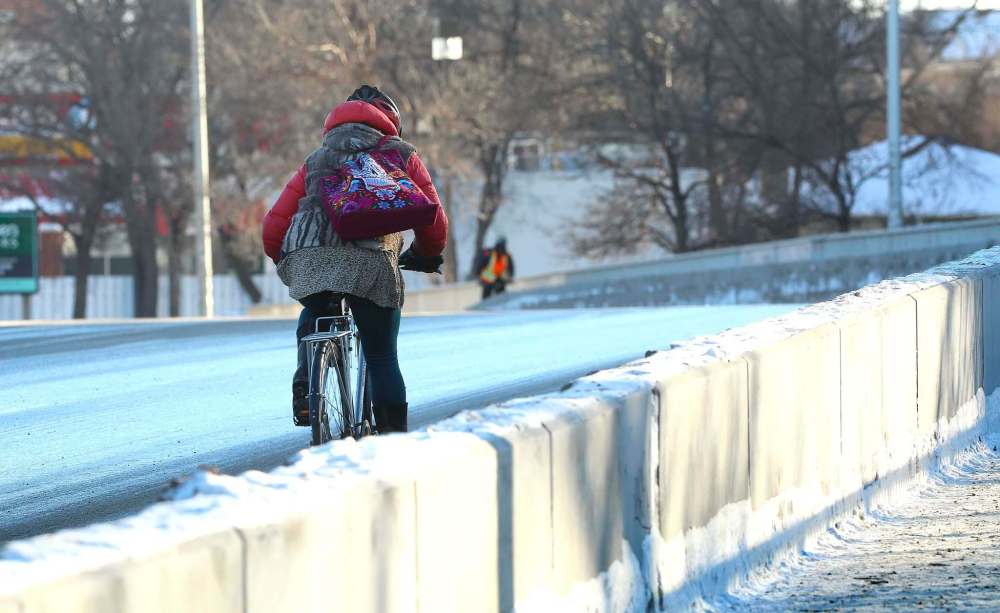
If council balks, he said, the foundation is prepared to stand down its offer. “We’re not going to lobby the city. If (council) does not want to take us up on this offer, then we’ll move on and do other things.”
Council does have several strong motivations to take the offer.
Both of the projects identified by the foundation are, in fact, part of the long-term capital plans. And there just isn’t enough money in the capital budget to keep feeding the insatiable political desire to fix roads and provide modern public amenities. Just ask the folks in St. Boniface, who have watched the Notre Dame Arena shut down from a lack of funding to replace its ice plant.
The city has worked with the foundation before, and the results have been spectacular. The list of assets and amenities that involved public and philanthropic money is testament enough to the value this relationship has for taxpayers.
Let’s hope councillors see the value in the foundation’s gesture, and put aside petty concerns about non-road-related infrastructure projects. In local government, as is the case in life, looking gift horses in the mouth is rarely a winning strategy.
dan.lett@freepress.mb.ca

Born and raised in and around Toronto, Dan Lett came to Winnipeg in 1986, less than a year out of journalism school with a lifelong dream to be a newspaper reporter.
Our newsroom depends on a growing audience of readers to power our journalism. If you are not a paid reader, please consider becoming a subscriber.
Our newsroom depends on its audience of readers to power our journalism. Thank you for your support.
History
Updated on Wednesday, January 16, 2019 2:39 PM CST: Photo credits fixed.


